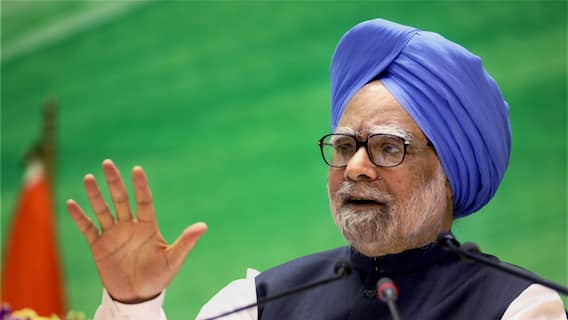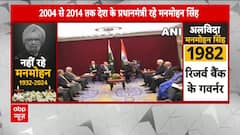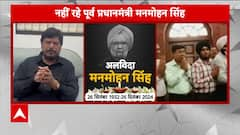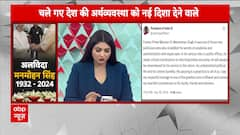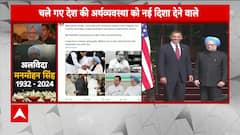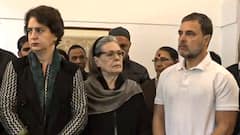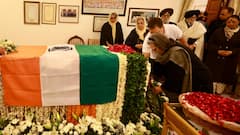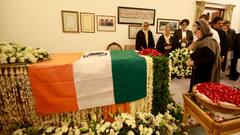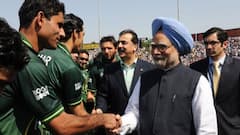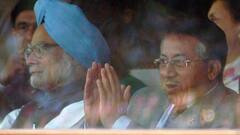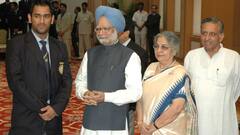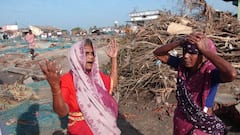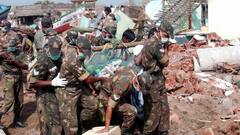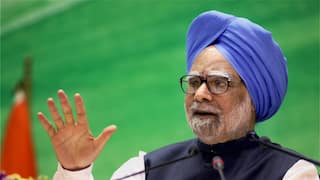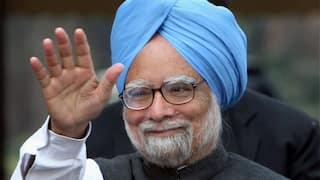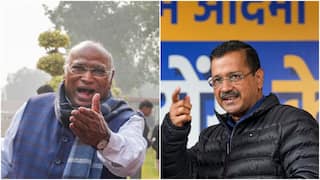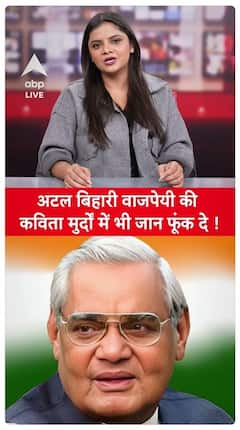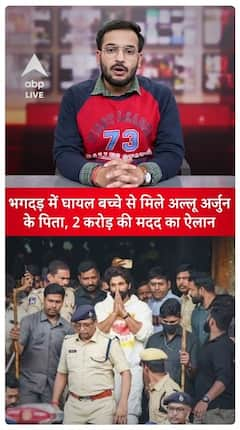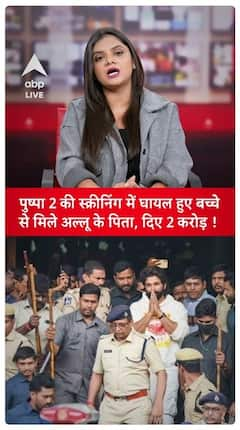'A Moment You See Him And Other He Vanishes': Life And Death Of A Photojournalist
Siddiqui was embedded with the Afghan special forces in the southern province of Kandahar and had been reporting on clashes between Afghan commandos and Taliban fighters for a while.

New Delhi: Working with Afghanistan Special Forces in Kandhar in close combat with Taliban, Danish Siddiqui, an award-winning Indian photojournalist, took his last breath in Kandahar's Spin Boldak district as per multiple media reports.
Siddiqui was embedded with the Afghan special forces in the southern province of Kandahar and had been reporting on clashes between Afghan commandos and Taliban fighters for a while.
On the news of him getting killed in Kandhar Reuters informed that they are seeking more information on the incident.
“We are urgently seeking more information, working with authorities in the region," Reuters President Michael Friedenberg and Editor-in-Chief Alessandra Galloniwas said.
Danish Siddiqui was revered by his colleagues and friends. “It's very shocking to accept that Danish isn’t with us anymore,” Ravi Choudhary, a PTI photojournalist says on the telephone.
In a trembling voice, he recalls his last stint with the Reuter’s photojournalists at Singhu Border where they were covering Farmer Protest at that time. “I was in between the road, documenting the farmers, amidst a heavy stone-pelting, when Danish came to suggest that I should cover the situations from the side of the road,” he recalls. “I have never found any man who was so humble and helpful in my life. He is and will always be one of the best photojournalists in India,” he further adds.
One of the MCRC students who happen to cross paths with Danish during the riots recalls, “We were in a state of panic, while Danish was calmly clicking the photos. He saw the panic on our faces. It was at that moment, he came to us and suggested that we should not be afraid and do our work as journalists. He suggested that we should capture the photos, and move ahead. If you are stuck in one place for too long, you’ll never be able to capture the decisive moment when the image translates into the story itself. Watching him covering the riots, we remembered the proverb “Fly on the wall”. He was just like that, one moment you’ll see him, and in other, he vanished. It is a great loss.”
Trending News
Top Headlines





